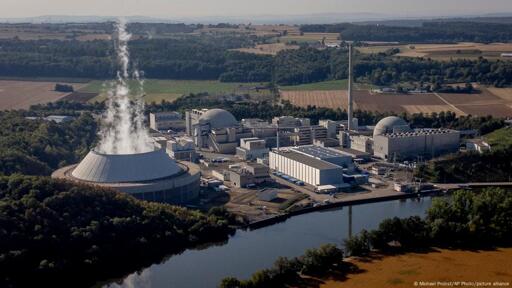Summary
A new Innofact poll shows 55% of Germans support returning to nuclear power, a divisive issue influencing coalition talks between the CDU/CSU and SPD.
While 36% oppose the shift, support is strongest among men and in southern and eastern Germany.
About 22% favor restarting recently closed reactors; 32% support building new ones.
Despite nuclear support, 57% still back investment in renewables. The CDU/CSU is exploring feasibility, but the SPD and Greens remain firmly against reversing the nuclear phase-out, citing stability and past policy shifts.



There is basically no place in the world where you cant use either wind or solar.
Yes, there are, especially if you don’t want to deforest land. And wind and solar and not constant sources. A mix of sources are needed. That you havent mentioned geothermal or wave energy shows that you’re kinda out of your depth here. I’ve gone to many engineering seminars about this, we must have a mix of energy sources and we must use nuclear if our goal is to reduce or eliminate carbon emissions. Other sources of energy all emit too much carbon.
How are you so uneducated?
With minimal storage, gas peaker plants that only run like a day per year and a grid spanning several countries it is a breeze to have wind and solar only. Probably not even all of the above are needed.
https://www.weforum.org/stories/2024/10/planetary-boundaries-breached-nature-climate-stories/
We can’t emit more carbon. Like really, we cannot. We have to sequester it. Gas plants still emit CO2. Nuclear is fine and works well, and doesn’t emit CO2.
deleted by creator
Thankfully planning and maintaining the electricity network isn’t done by people commenting on Lemmy. (btw i agree with you)
Wow what kinda propaganda seminars are you sitting in? Did they also tell you that “just one more lane” would fix traffic? Wind turbines recoup their entire production and installation carbon emissions in a few months. PV panels in like a year.
I attended an engineering college for my engineering degree.
And no, we specifically discussed this about lanes and trains and buses etc. Just like we discussed nuclear energy.
How do they sequester the carbon they emit? Do you have a link to an article that can explain what you’re saying? Or are you saying its carbon emissions are less than coal or gas, which is different than not emitting anything at all?
If you wanna look into it, the term you need to search for is “life cycle assessment”.
This is a kind of report usually by some kind of government agency that creates a very detailed list of materials and energy required to manufacture, transport, install, operate and maintain an installation.
This is then compared against existing electricity production systems that will be replaced by the new one to calculate how long it takes to make up the initial cost both monetarily and emissions wise.
The resulting time frame will drastically vary depending on the supply chain, location, grid capacity, storage capacity and such. The following is a plot from the linked study which combines results from many different studies. They typical lifetime of one of these turbines is 20 years, so you are looking at a ~20x payback factor if it replaces fossil generation (coal/gas/etc).
https://www.climatexchange.org.uk/wp-content/uploads/2023/09/main_report_-_life_cycle_costs_and_carbon_emissions_of_onshore_wind_power.pdf#page=43
https://earth.org/nuclear-energy-carbon-emissions-lowest-among-electricity-sources-un-reports/
I’m not arguing against solar and wind. I’m arguing for nuclear in some places, due to: 1) space 2) consistency 3) low carbon emissions, and pointing out that the high cost isn’t due to the technology but to regulations and legal practices that have artificially inflated the costs.